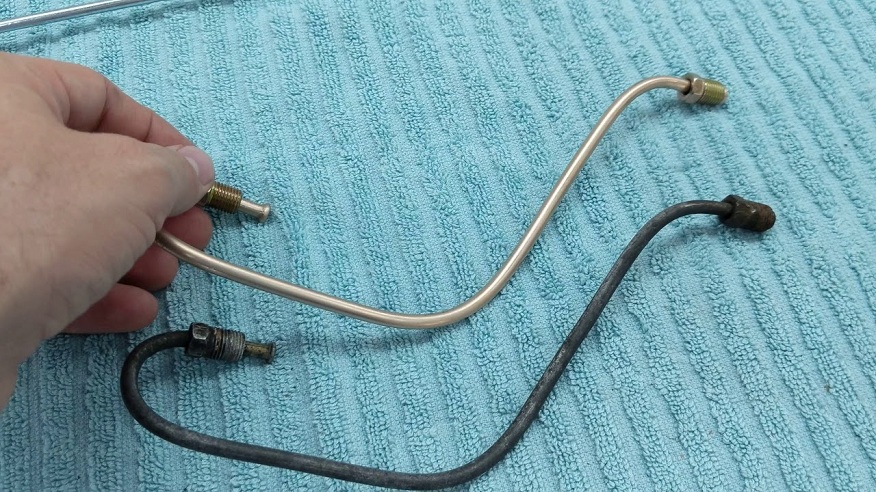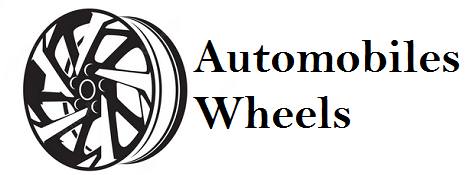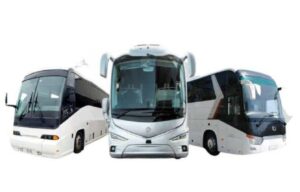Why Copper Nickel Brake Lines Are the Future of Brake Systems

Imagine you’re speeding down the road, the wind whipping through your hair, and you find yourself needing to apply the brakes quickly. You are depending on your car’s braking system to stop you safely at that point. Although most of us don’t give it much thought, an automobile’s braking system is an essential part that keeps us safe as we drive. Let’s find out why copper-nickel brake lines will impact future braking systems.
The Brake Lines Basics
Brakes are obviously a vital part of every car. They function by sending hydraulic pressure to the braking calipers or wheel cylinders from the master cylinder. Brake lines are the lines that enable this to occur. These lines must be extremely robust and corrosion- and pressure-resistant in order to provide optimal braking performance.
Steel lines have long been the most often used material aside from the fuel line tubing because of their extreme strength and durability. Steel is susceptible to corrosion, though, particularly in areas that face a lot of rain or are exposed to road salt. This can weaken the lines over time, which is bad for both stopping effectiveness and your safety.
The Breakthrough in Copper Nickel
The development of copper nickel brake lines has the potential to drastically change braking systems as they are today. Because of their various advantages over standard steel lines, these 90% copper, and 10% nickel lines are excellent.
Versatility and Compatibility
Copper nickel brake lines are not just a one-size-fits-all solution; they are compatible with a range of brake line fittings and components. Whether you’re remodeling an older automobile or upgrading to powerful brakes, copper nickel brake lines are an adaptable choice for automotive enthusiasts. They fit right in with the existing systems.
Adaptability and Formability
Let’s discuss Copper nickel brake lines’ remarkable formability and flexibility—they’re revolutionary. Copper nickel brake lines are easier to deal with since they have a slight bend and stretch to them as opposed to steel lines. No matter how experienced you are in mechanics or how handy you are with your hands, you’ll love how simple it is to modify these lines to match different car models.
Need to handle challenging routing or squeeze through small spaces? Not an issue. Copper nickel brake lines provide unmatched adaptability and are equal to the task. This implies less hassles and more seamless installs, regardless of whether you choose to do it yourself or hire professionals. For those who choose ease of use over quality, copper nickel brake lines are an excellent choice.
Corrosion Resistance
The outstanding corrosion resistance of copper nickel brake lines is one of its main benefits. Even in hostile conditions, copper nickel shows outstanding corrosion resistance, in contrast to steel lines, which are prone to rust and deterioration. This resistance guarantees durability and dependability, improving brake systems’ performance and safety.
Increased Sturdiness
Brake lines need to be durable, and copper nickel brake lines provide on this front. Their robust construction ensures that they won’t break, kink, or abrade, so they may continue to function at their best in demanding conditions. When you use copper nickel brake lines, you may ride with confidence knowing that your braking system will last for a very long time.
Brake Line Clips and Brake Line Fittings
Installing brake lines involves more than simply the lines themselves; reliable operation and leak prevention depend on securely fastened connections. Copper nickel brake lines offer a safe and leak-proof connection between parts and are compatible with a range of brake line clamps and fittings. Whether you’re changing your complete braking system or repairing a broken line, safety and performance depend greatly on a correct installation using high-quality fittings.
Why You Should Consider 3/16 Brake Lines?
It’s no coincidence that the majority of brake lines have a diameter of 3/16 inches. This is the ideal location, achieving the ideal harmony between space-saving design and hydraulic pressure transmission.
Enter 3/16-inch copper nickel brake lines as normal. Why is that relevant? That guarantees compatibility with the great majority of cars on the road. The goal is to maximize performance and safety, not merely blend in. The next time you’re considering replacing your brake lines, keep in mind, 3/16 inches is the ideal size.
Making the Transition to Copper Nickel Brake Lines
Our powertrain components need to advance together with vehicle technology. Unmatched in terms of robustness, resistance to corrosion, and versatility, copper nickel brake lines represent a substantial development in braking system technology. Anticipate broad acceptance among technicians and drivers as knowledge increases, influencing the direction of automobile safety.
Conclusion
A remarkable example of dependability and safety in the constantly changing world of automotive innovation is copper nickel brake lines. These lines are transforming brake systems for the future and increasing the safety of every journey because of their remarkable flexibility, toughness, and corrosion resistance. Consider making the move to copper nickel brake lines if you’re a regular driver or an expert mechanic to experience a new standard of car safety. After all, when it comes to brakes, there’s no compromise.




